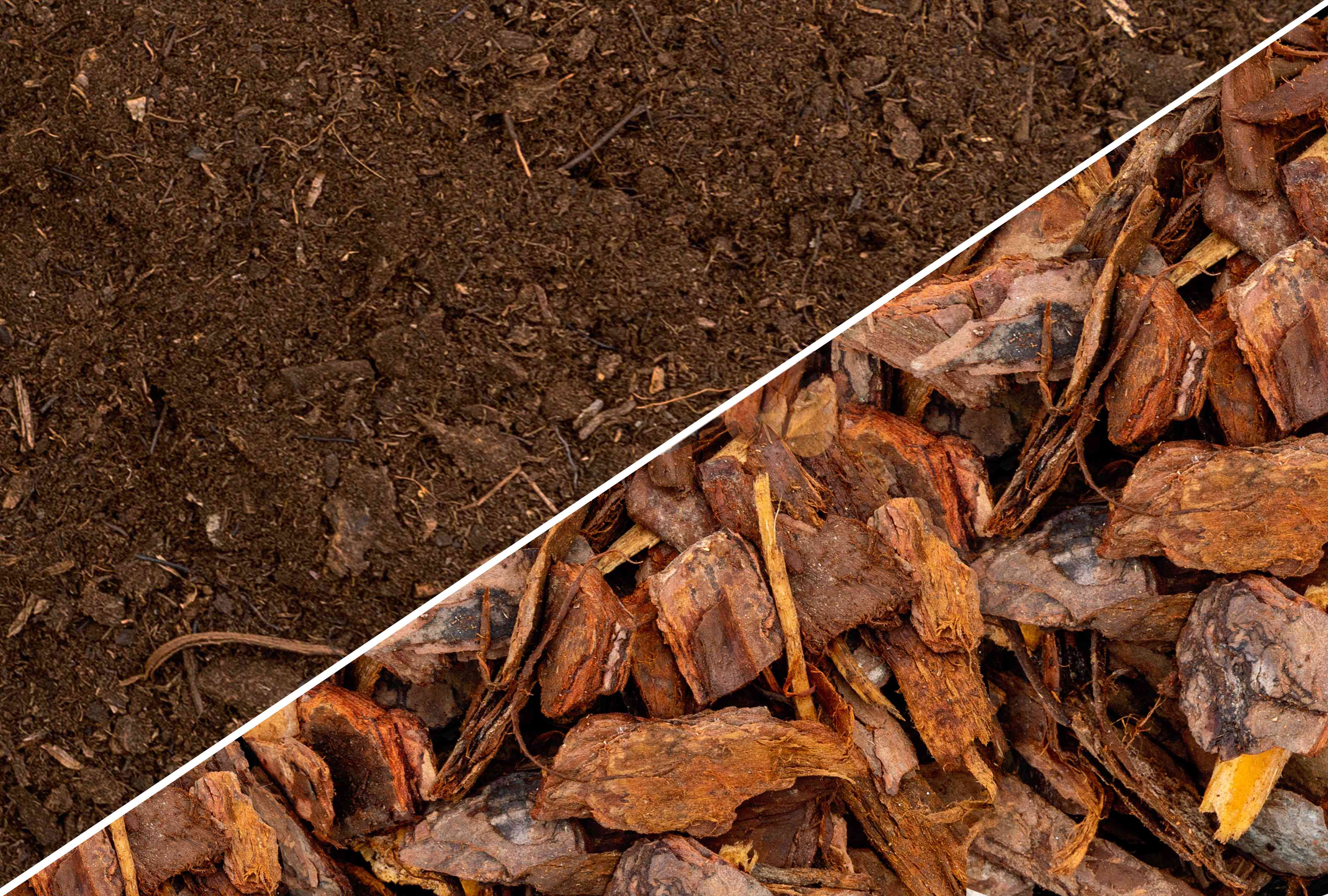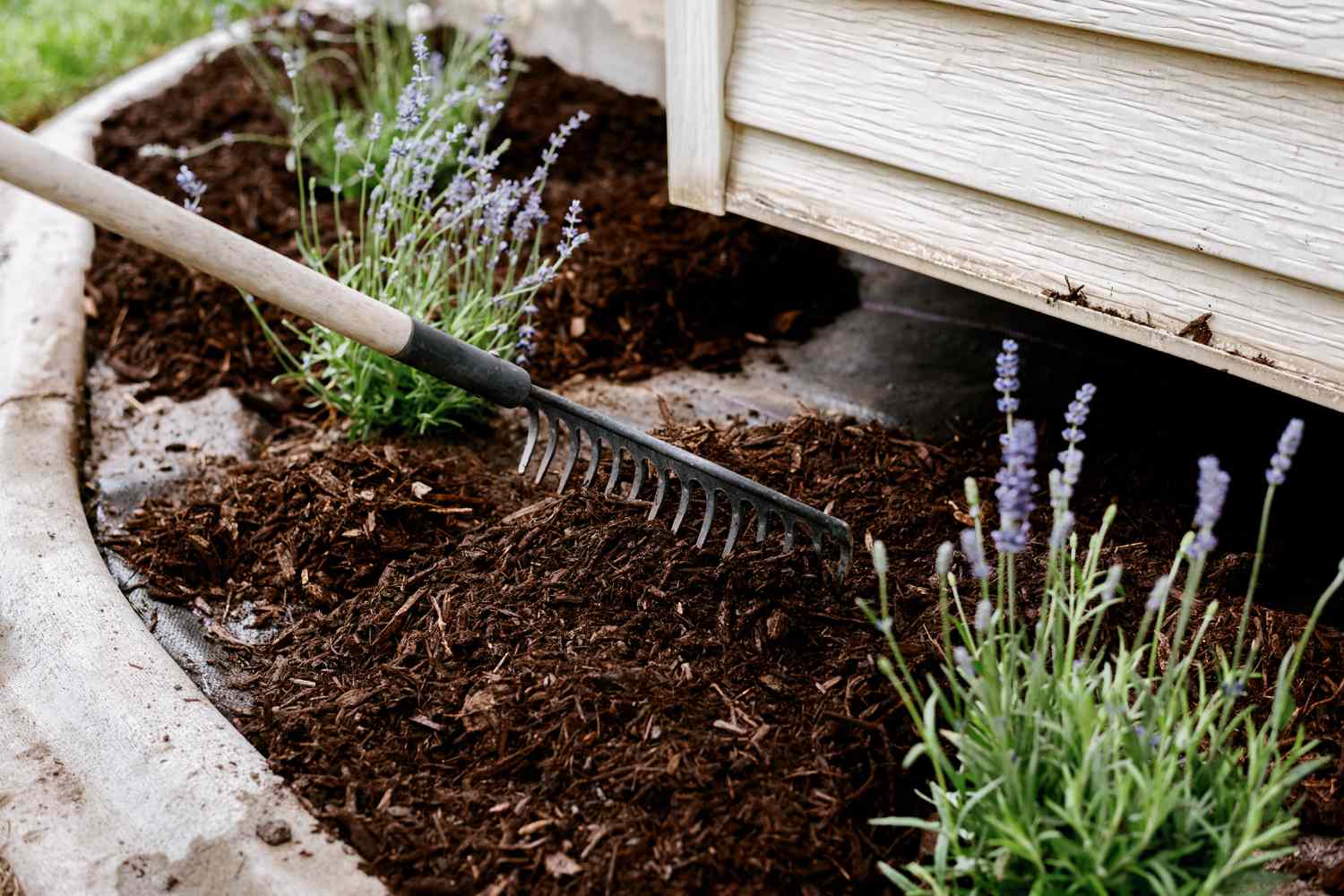Home>Gardening Tips and Tricks>Eco-Friendly Gardening>What Plastic Mulch Does The Permaculture Orchard Use


Eco-Friendly Gardening
What Plastic Mulch Does The Permaculture Orchard Use
Published: February 16, 2024
Discover how the Permaculture Orchard uses eco-friendly plastic mulch for sustainable and efficient gardening. Learn about their innovative approach to eco-friendly gardening practices.
(Many of the links in this article redirect to a specific reviewed product. Your purchase of these products through affiliate links helps to generate commission for Chicagolandgardening.com, at no extra cost. Learn more)
Table of Contents
- Understanding the Role of Plastic Mulch in Permaculture Orchards
- Benefits of Plastic Mulch in Permaculture Orchards
- Types of Plastic Mulch Used in Permaculture Orchards
- Installation and Maintenance of Plastic Mulch in Permaculture Orchards
- Environmental Considerations of Plastic Mulch in Permaculture Orchards
- Conclusion
Introduction
Understanding the Role of Plastic Mulch in Permaculture Orchards
Permaculture orchards are designed to mimic the natural ecosystems, allowing for a sustainable and harmonious coexistence between the cultivated plants and the environment. One of the key components in maintaining the health and productivity of permaculture orchards is the use of plastic mulch. This innovative approach to orchard management offers numerous benefits, including water conservation, weed suppression, and enhanced soil temperature regulation.
Plastic mulch has revolutionized the way orchardists approach weed control and moisture retention. By harnessing the power of this technology, permaculture orchards can significantly reduce the reliance on herbicides and irrigation, thereby promoting a more eco-friendly and cost-effective approach to orchard management.
In this article, we will delve into the world of plastic mulch in permaculture orchards, exploring the various types of plastic mulch used, the installation and maintenance processes, and the environmental considerations associated with this practice. By gaining a deeper understanding of the role of plastic mulch in permaculture orchards, orchardists and enthusiasts alike can make informed decisions that align with the principles of sustainability and ecological harmony.
Benefits of Plastic Mulch in Permaculture Orchards
Plastic mulch offers a myriad of advantages in the context of permaculture orchards, contributing to the overall health and productivity of the ecosystem. One of the primary benefits of plastic mulch is its exceptional ability to conserve water. By creating a barrier between the soil and the atmosphere, plastic mulch reduces evaporation, allowing for more efficient water utilization within the orchard. This is particularly crucial in regions prone to drought, where water conservation is paramount for sustaining healthy plant growth.
Furthermore, plastic mulch serves as a formidable ally in weed suppression. By preventing sunlight from reaching the soil, the growth of weeds is inhibited, minimizing competition for essential nutrients and resources among the orchard plants. This not only alleviates the labor-intensive task of manual weeding but also promotes a healthier and more balanced orchard ecosystem.
In addition to water conservation and weed suppression, plastic mulch plays a pivotal role in regulating soil temperature. During cooler periods, the plastic mulch helps to retain heat, creating a more favorable environment for root development and microbial activity. Conversely, in warmer climates, the mulch can mitigate excessive soil heating, safeguarding the roots from potential stress and dehydration.
Moreover, plastic mulch contributes to improved fruit quality by preventing direct contact between the produce and the soil. This barrier reduces the risk of soil-borne diseases, rot, and pest infestations, thereby enhancing the overall yield and quality of the orchard’s harvest.
By harnessing the benefits of plastic mulch, permaculture orchards can optimize resource utilization, minimize environmental impact, and foster a thriving ecosystem that aligns with the principles of sustainable agriculture.
Types of Plastic Mulch Used in Permaculture Orchards
Plastic mulch comes in various forms, each tailored to address specific needs and environmental conditions within permaculture orchards. One of the most commonly used types is polyethylene plastic mulch, renowned for its durability, flexibility, and cost-effectiveness. This versatile material is available in different colors, with black and clear being the predominant choices. Black plastic mulch is favored for its ability to effectively suppress weeds by blocking sunlight, while clear plastic mulch facilitates soil warming and is often utilized in cooler climates.
Biodegradable plastic mulch has gained traction in permaculture orchards due to its eco-friendly nature. Made from biodegradable polymers, this type of mulch offers the same benefits as traditional plastic mulch while degrading over time, eliminating the need for removal and disposal at the end of the growing season. This aligns with the principles of sustainability and reduces the environmental impact associated with conventional plastic mulch.
Infrared transmitting (IRT) plastic mulch represents a cutting-edge innovation in orchard management. This specialized mulch is designed to selectively transmit infrared radiation, promoting a balance between soil warming and weed suppression. By harnessing the unique properties of IRT plastic mulch, orchardists can optimize the microclimate for enhanced plant growth and productivity.
Reflective plastic mulch, often utilized in high-temperature regions, reflects a portion of the sunlight spectrum, mitigating excessive soil heating and reducing heat stress on the plants’ root systems. This type of mulch is particularly beneficial for orchards located in areas prone to intense sunlight and high temperatures.
By understanding the diverse array of plastic mulch options available, orchardists can make informed decisions based on their specific orchard requirements, climatic conditions, and sustainability goals.
Installation and Maintenance of Plastic Mulch in Permaculture Orchards
The installation of plastic mulch in permaculture orchards is a meticulous process that requires careful attention to detail. Prior to laying the mulch, the soil should be adequately prepared to ensure optimal contact and coverage. This involves leveling the ground, removing any debris or existing weeds, and amending the soil as needed to create a conducive environment for plant growth.
Once the soil preparation is complete, the plastic mulch is laid out over the designated area, ensuring a snug fit and minimal gaps to prevent weed intrusion and water evaporation. Securing the edges of the mulch with soil, rocks, or specialized anchoring pins is crucial to withstand wind and environmental elements.
Proper irrigation is essential when utilizing plastic mulch, as the barrier restricts natural rainfall from reaching the soil. Drip irrigation systems are commonly integrated with plastic mulch to deliver water directly to the root zone, maximizing efficiency and minimizing water wastage.
Maintenance of plastic mulch involves regular inspection for tears, degradation, or signs of weed breakthrough. Any damaged sections should be promptly repaired or replaced to uphold the integrity of the mulch barrier. Additionally, monitoring the soil moisture levels beneath the mulch and adjusting irrigation as needed is vital to ensure the optimal health of the orchard plants.
At the end of the growing season, the plastic mulch should be carefully removed and disposed of in an environmentally responsible manner. Biodegradable mulch offers the advantage of natural degradation, eliminating the need for manual removal and disposal.
By adhering to proper installation and maintenance practices, orchardists can maximize the efficacy of plastic mulch in permaculture orchards, reaping the full spectrum of benefits while promoting a sustainable and thriving orchard ecosystem.
Environmental Considerations of Plastic Mulch in Permaculture Orchards
While plastic mulch offers a multitude of benefits in permaculture orchards, it is essential to consider its environmental implications and explore strategies to mitigate potential drawbacks. One of the primary concerns associated with traditional plastic mulch is its non-biodegradable nature, leading to long-term accumulation in the environment. To address this, biodegradable plastic mulch has emerged as a sustainable alternative, offering the same functional advantages while decomposing naturally over time, minimizing the impact on the ecosystem.
Proper disposal of plastic mulch is crucial to prevent environmental pollution. Orchardists are encouraged to seek out recycling programs or utilize biodegradable options that degrade on-site, reducing the need for removal and disposal. Additionally, advancements in bioplastics derived from renewable resources present a promising avenue for sustainable mulching solutions, offering biodegradability and reduced reliance on fossil fuels.
Furthermore, the use of plastic mulch necessitates a thoughtful approach to soil health and microbial activity. While the mulch aids in weed suppression and moisture retention, it is imperative to implement practices that promote soil aeration, organic matter decomposition, and microbial diversity. This can be achieved through periodic mulch removal to allow for natural soil processes and the incorporation of compost and organic amendments to enrich the soil ecosystem.
Integrated pest and disease management strategies are essential when utilizing plastic mulch to minimize reliance on chemical interventions. By fostering a balanced orchard ecosystem and promoting natural predator-prey relationships, orchardists can reduce the need for synthetic pesticides, safeguarding the overall environmental equilibrium.
Lastly, the lifecycle analysis of plastic mulch, including its production, usage, and disposal, should be considered to evaluate its overall environmental footprint. This entails assessing energy consumption, greenhouse gas emissions, and resource utilization throughout the mulch’s lifecycle, guiding the selection of the most sustainable options for permaculture orchards.
By embracing environmentally conscious practices and exploring innovative mulching solutions, permaculture orchards can harness the benefits of plastic mulch while minimizing its environmental impact, aligning with the principles of ecological sustainability and responsible stewardship of the land.
Conclusion
Plastic mulch stands as a valuable ally in the cultivation of thriving permaculture orchards, offering an array of benefits while presenting opportunities for sustainable practices. From water conservation and weed suppression to soil temperature regulation and enhanced fruit quality, the impact of plastic mulch reverberates throughout the orchard ecosystem, promoting efficiency, productivity, and ecological harmony.
As orchardists navigate the realm of plastic mulch, the diverse array of options, including polyethylene, biodegradable, infrared transmitting, and reflective mulches, empowers them to tailor their approach to the unique needs of their orchards and the surrounding environment. Thoughtful installation and maintenance practices, coupled with considerations for environmental impact and sustainability, form the cornerstone of responsible mulch management in permaculture orchards.
By embracing innovative solutions, such as biodegradable and bioplastic mulches, and integrating holistic orchard management strategies that prioritize soil health, biodiversity, and resource conservation, orchardists can harness the benefits of plastic mulch while minimizing its environmental footprint. The quest for sustainable orchard management is further enriched by the exploration of integrated pest and disease management approaches, fostering a balanced ecosystem that thrives in harmony with nature.
In essence, the utilization of plastic mulch in permaculture orchards represents a harmonious synergy between technology and ecology, where the principles of sustainability, resource efficiency, and environmental stewardship converge. As orchardists continue to innovate and adapt, the journey toward a greener, more sustainable future for permaculture orchards is illuminated by the promise of plastic mulch as a catalyst for ecological resilience and bountiful harvests.


